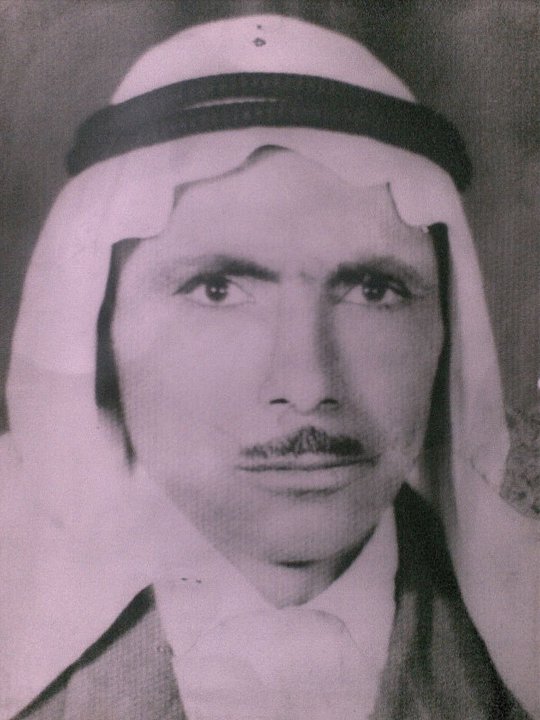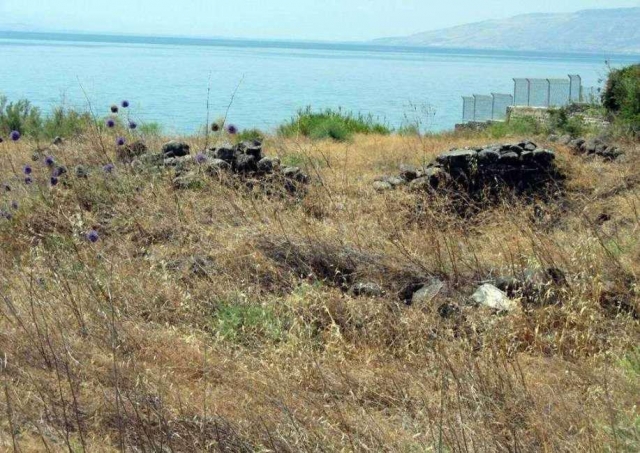Info
District: Tiberias
Population 1948: 440
Occupation date: 04/05/1948
Jewish settlements on village/town land before 1948: None
Jewish settlements on village/town land after 1948: Amnon
Background:
al-Samakiyya before 1948
al-Samakiyya was established in a volcanic area on the northern coast of Lake Tiberias. The village was linked to the highway by a secondary road, which went around the lake shore into the city of Tiberias.
The village was referred to as Capharnaum by the villagers and cultivated fertile agricultural land. al-Samakiyya was mentioned in the New Testament (Matthew 4:13; 9:1) as the village where Jesus Christ spent most of his time after leaving Nazareth. The village has no distinctive settlement pattern - the houses in the village were dispersed southwest of Wadi al-Wadabani, and some of these dwellings were Bedouin tents whilst others were houses made from stone and mud, stone and cement or of concrete.
There were 380 inhabitants, 50 of which were Christian and the remaining 330 were Muslims. They relied mainly on livestock breeding and agricultural practices in the form of grain. In 1944-45, there were only 2 dunums dedicated to citrus and bananas whilst 4,034 dunums were dedicated to cereals. Furthermore, there were several churches and monasteries in the hills between the village and the nearby village of al-Tabigha.
Occupation and depopulation
One source claims that during operation Matate (Broom) on the 4th of May 1948, a Bedouin tribe was swept away by the Israeli forces with the overall aim of expelling the inhabitants of the area completely and destroy their houses. On the 28th of May, the New York Times wrote that the Arabs had been swept almost completely from northern Galilee by the Israeli operation known as “The Broom”.
Israeli settlements on village lands
In 1983, the Israeli settlement, Amnon, was built on village lands, 2km north of the site of the village. In 1983 a private farm, Wered ha-Galil, and a settlement, Korazin, were built also on the village land.
The village today
Today, the village site is covered with wild vegetation, basalt stones and date palm trees. Some of the surrounding land is used as pasture whilst the other is used for plantations with fruit- and walnut trees.
---------------------------------
Source: al-Khalidi, Walid (ed.). All that remains: the Palestinian villages occupied and depopulated by Israel in 1948. Washington DC: 1992.



